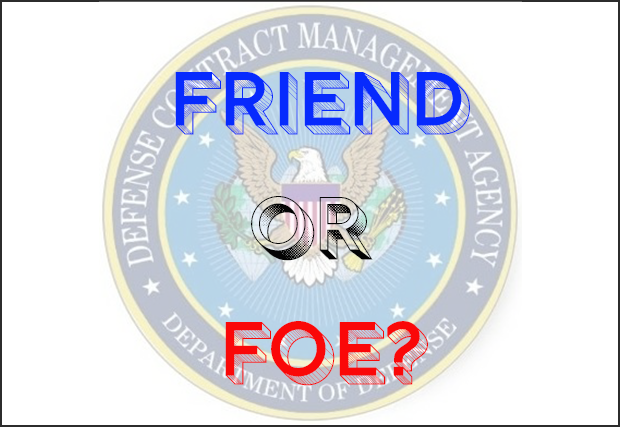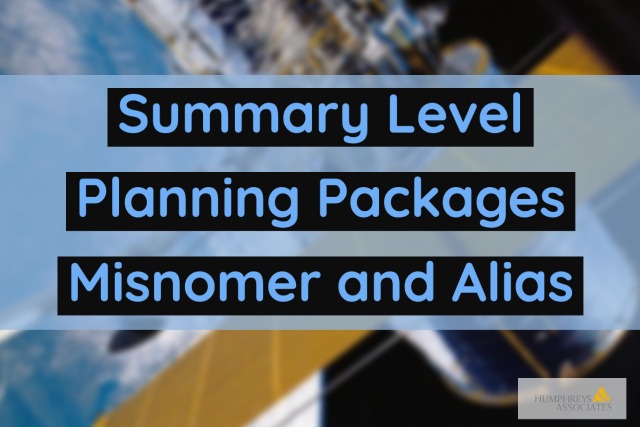EVM Training – Decision Making and Charlie Munger Tendency Toward Misjudgment – Part 3
Tendency Toward Misjudgment – Part 3
Are Your People Being Manipulated?
In part 1 and part 2 of this topic we learned about Charles (Charlie) T. Munger, Vice Chairman of Berskshire Hathaway and partner of Warren Buffet, and his listing of 25 innate human tendencies toward misjudgment that we harbor. In those two blogs we started to learn from him and we will continue that learning in this blog. Charlie was born in 1924 so, at the time of this blog, Charlie is 94, a wise old man from whom we should learn.
As mentioned in Parts 1 and 2, I went through each of the 25 “tendencies” that are defined and discussed by Charlie and tried to think about how the tendency could disadvantage or could potentially aid decision making.
Is there a possibility that people in your decision-making processes are being manipulated? Have you ever been manipulated and known it? Have you ever been manipulated but didn’t know it? Of course, that question can only be answered by thinking back now; if you didn’t know it then, maybe you can see it with hindsight.
The Future of the Industry
Very recently a representative from a company called our leadership and asked for some help with gaining knowledge about the future of our industry. We are in the same industry and compete sometimes, so it seemed odd that this was happening. Along with the request for a favor came an offer; an offer to attend a session with others of their clients and associates on the future of the industry during which we would be given the chance to make even more valuable inputs.
What was going on? What a massive ego-stroking effort. I think it was application of the Ben franklin effect. Simply stated in Franklin’s own words about a situation where he had an opposition figure he needed to deal with, “Having heard that he had in his library a certain very scarce and curious book, I wrote a note to him, expressing my desire of perusing that book, and requesting he would do me the favour of lending it to me for a few days. He sent it immediately, and I return’d it in about a week with another note, expressing strongly my sense of the favour. When we next met in the House, he spoke to me (which he had never done before), and with great civility; and he ever after manifested a readiness to serve me on all occasions, so that we became great friends, and our friendship continued to his death.” In this story notice the use of the words “serve me.” Just asking for and receiving the smallest favor from the man changed the man’s attitude toward Franklin.
Enhancing Opinions
It can be analyzed like this: asking someone at work, with whom we may be opposed or with whom we are ‘on-the-outs’ can tell them that we consider them to have something valuable that we do not have, and we need. It might be made to sound as if they have more information, more under-standing, more ability. If they respond positively and give us something as slight as their time and attention, we stand a chance of enhancing their opinion of us because they then cannot see us as someone simultaneously unworthy and worthy. They just saw us as worthy of their time and atten-tion, so obviously we recognize and have acknowledged their value.
How does this play into decision-making? You need to be aware of the dynamics of any situation and to watch out for the subtle ways that influence can be used to maneuver a decision to the spot desired by someone or some faction. You need to be especially watchful if the person or faction doing the maneuvering is one you believe to not have the best interests of the project at heart.
More Tendencies
Let’s cover more of the tendencies and carry on our discussion about developing a sound decision making process farther. Please note that Charlie Munger named these tendencies, and sometimes I think he made up words that do not sit well with Microsoft spell checking tools.
Tendency #9
Tendency #9 is the one just discussed as the Ben Franklin effect. Munger named it the “Reciprocation Tendency.” It is the tendency to reciprocate favors and disfavors and can be a strong subconscious motivator. If the person being manipulated by Franklin had thought, “There’s that wily Ben again trying to win me over by asking me for help,” the ploy would not have worked. It must be subconsciously received. Isn’t this tendency why procurement departments prohibit buyers from taking favors from sellers? Judges do not associate with defendants. That is a procedural way to stop the potential for misuse of the tendency.
Tendency #12
Tendency #12 could be easily related to the Ben Franklin effect. Munger calls this the “Excessive Self-regard Tendency.” We have all known someone who has a very highly inflated opinion of themselves and we may even have seen the risk in that. This person can, and often does, misjudge his/her own knowledge, competence, capability to the high side. These people choose to associate with people like themselves, and they definitely are partial to their own ideas and conclusions. These people also can be negatively motivated when provided with a counter argument. They are dangerous in decision making because they may not be motivated by facts. They may just be on that personal voyage known as the ego trip. You could even worry that someone else has used the Ben Franklin ploy to get this ego-challenged person to align with this thinking.
Tendency #13
Tendency #13 may align with #12 since it is Munger’s “Over-optimism Tendency.” This is the human tendency to err on the side of optimism when thinking about the future, the work required, and the outcomes possible. For this person there is no time spent better than time walking down the primrose path trying out their new rose-colored glasses. There are so many opportunities for optimism to cause damage on a project, it is sobering. An overly aggressive schedule or budget that is seen as do-able is not going to work. A defined product or set of tasks that would be very hard to achieve could be seen as not-that-tough with the disastrous outcome you would expect. Your deci-sion-making process should force a way to look at facts realistically. Quickly committing to the impossible would be a death warrant. Also, a decision-making process should avoid the potential that an overly optimistic person is also one who has excessive self-regard. Using experts or others, who are not going to have to live with the decisions, can help bring reality into the process. Don’t you go to the doctor to hear the truth?
Conclusion
This is the third blog on the topic of Munger’s human tendencies toward misjudgment. Analyses like these blogs can be helpful to us at Humphreys & Associates in our support of clients and in our formulation of training materials. Hopefully this information has started you or helped you on your way to creating or beefing up a process for decision making that curbs or circumvents these human tendencies.
Review:
EVM Training – Decision Making & Charlie Munger – Part 1
EVM Training – Decision Making & Charlie Munger – Part 2
EVM Training – Decision Making and Charlie Munger Tendency Toward Misjudgment – Part 3 Read Post »






